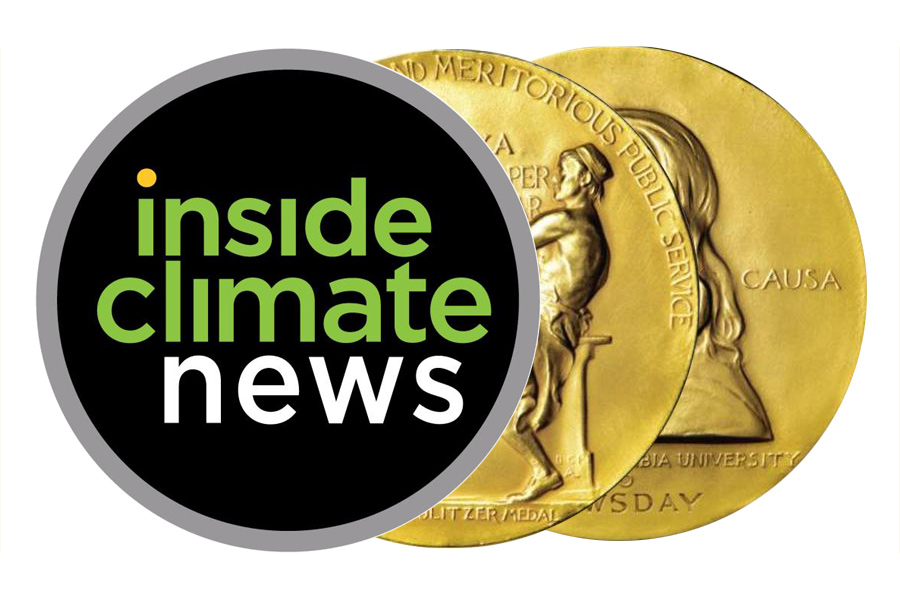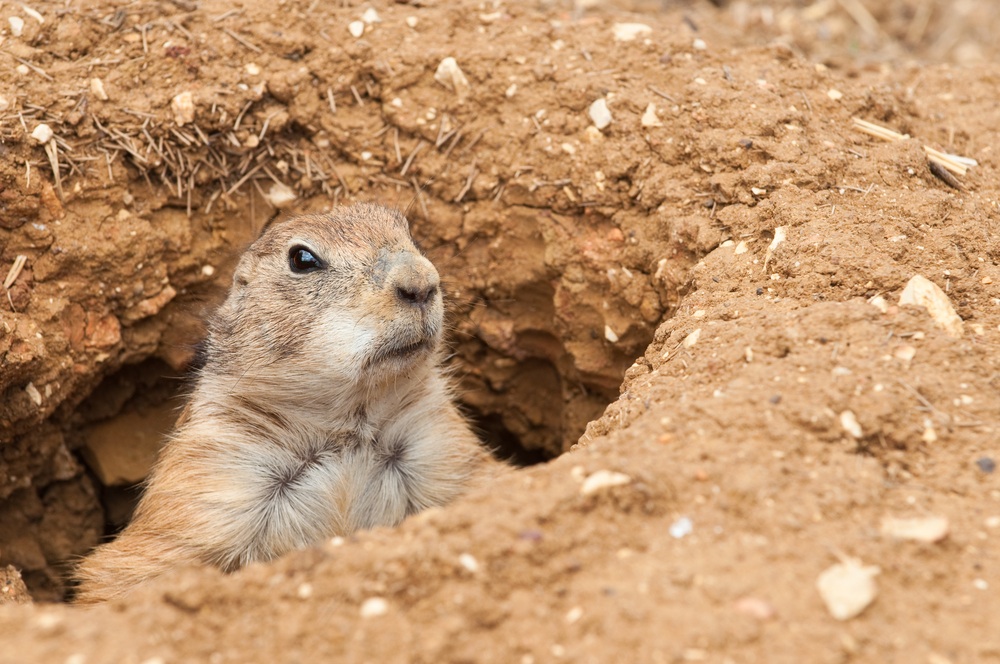
Shutterstock / Christopher ElwellPrairie dogs were among the animals hit hard by last year’s Great Plains drought.
The Great Plains are finally beginning to enjoy cloudbursts of relief from two years of epic drought — the worst in the region’s history, and part of the most widespread drought to afflict the U.S. since 2000. As farms and ecosystems rehydrate, it’s worth asking: Did we do this? Did climate change cause the Great Plains drought, and the tens of billions of dollars of damage it inflicted?
The answer to these questions appears to be “no.” Or, wait, make that “yes.” Or …
Scientists at the National Oceanic and Atmospheric Administration led a study of last year’s drought in the vast plains and prairies between the Mississippi River and the Rocky Mountains. This is what they concluded:
The central Great Plains drought during May-August of 2012 resulted mostly from natural variations in weather.
• Moist Gulf of Mexico air failed to stream northward in late spring as cyclone and frontal activity were shunted unusually northward.
• Summertime thunderstorms were infrequent and when they did occur produced little rainfall.
• Neither ocean states nor human-induced climate change, factors that can provide long-lead predictability, appeared to play significant roles in causing severe rainfall deficits over the major corn producing regions of central Great Plains. …Official seasonal forecasts issued in April 2012 did not anticipate this widespread severe drought. Above normal temperatures were, however, anticipated in climate models, though not the extreme heat wave that occurred and which was driven primarily by the absence of rain.
In other words, federal scientists found that last year’s drought was a freak weather event, not a bitter dessert served up by global warming, although some of the heat that accompanied it was the cherry that global warming placed on top. That’s good news if it suggests that the hitherto parched plains are not necessarily the new normal.
But — of course there’s a but — at least one respected climate scientist says the study is incomplete and misleading. Kevin Trenberth, the former head of the Climate Analysis Section at the Colorado-based National Center for Atmospheric Research, points out that NOAA’s analysis fails to consider the role that certain climate change–induced meteorological phenomena played in compounding the drought. Phenomena such as a diminished regional snowpack, which robbed the environment of moisture that would ordinarily have cooled the air and quenched plants and animals as it melted amid the shortage of rain. “[N]o attempt was made to include soil moisture, snow cover anomalies, or vegetation health” in the models that NOAA used to reach its conclusions, Trenberth wrote.
From a note that Trenberth sent to journalists, reported by Climate Progress:
There is no discussion of evaporation, or potential evapotranspiration, which is greatly enhanced by increased heat-trapping greenhouse gases. In fact, given prevailing anticyclonic conditions, the expectation is for drought that is exacerbated by global warming, greatly increasing the heat waves and wild fire risk. The omission of any such considerations is a MAJOR failure of this publication.
So, who is right? By studying some weather patterns, NOAA says the drought was a freak weather event not triggered by climate change. But by looking at other metrics, Trenberth says climate change worsened the drought and its impacts.
Amid such scientific hubbub, it’s easy to get lost in the specifics of the research and lose sight of what matters. Which is that the more greenhouse gases we pump into the air, the more frequent and severe will be the droughts that afflict many regions of the world, including central North America.



